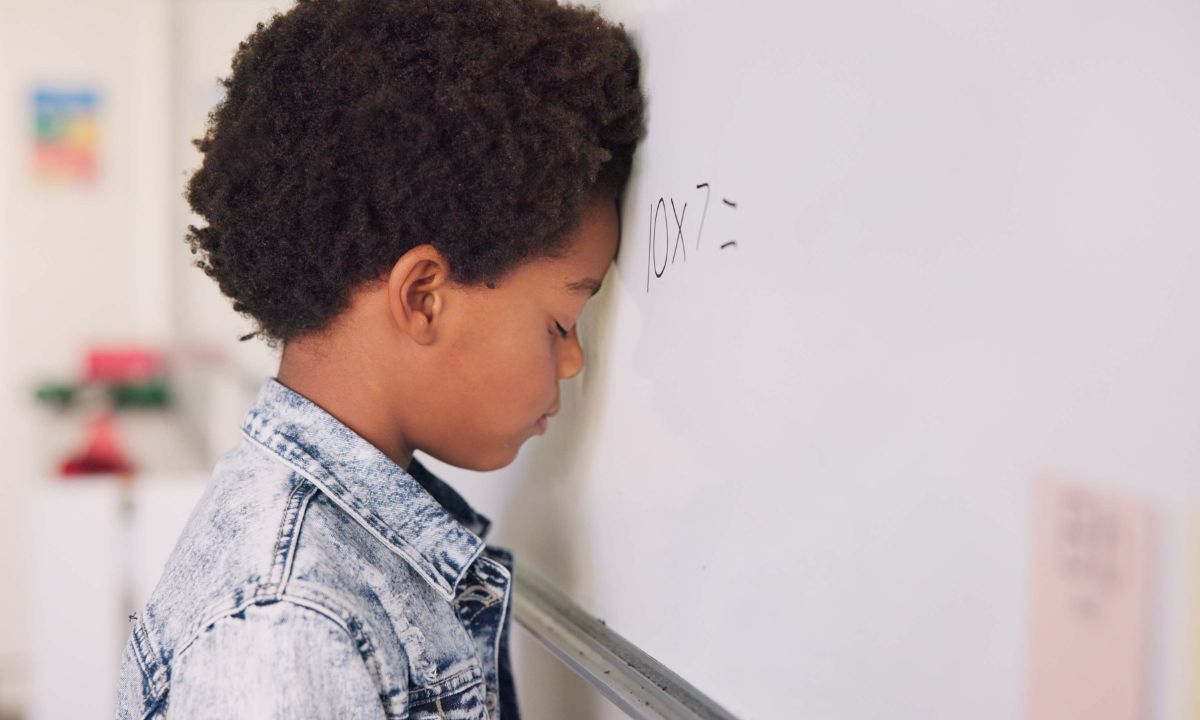Freedom & Flexibility: To Scale School Innovation, Take the Risk out of Failure
Farah & Arnett: Is the lack of large-scale change in education the result of too few good ideas, or a culture that won’t let them grow?

Get stories like this delivered straight to your inbox. Sign up for The 74 Newsletter
When it comes to fundamentally improving the K-12 experience, few ideas reach the proverbial tipping point. Every week, news streams are filled with headlines and thought pieces about reimagining school, transforming the learning experience or doing school better. But few initiatives scale from niche solution to system-level change. Meanwhile, state and district leaders are frustrated, teachers are burned out, taxpayers feel like their money was wasted and students are falling further behind.
The lack of large-scale change in education makes us wonder if it is simply a lack of good ideas or a culture that won’t let them grow. As the leader of an educator-based movement that empowers teachers to build classrooms that respond to students’ every need and a researcher and advocate for school innovation, we see administrators and teachers do very inventive things every day. But we also see the immense challenges that stand in the way of expanding ideas beyond an individual classroom or district. It’s why scaling innovation in education means taking the risk out of failure.
This means making freedom and flexibility non-negotiable. For example, rather than top-down mandates that start at the state or district level and are imposed on teachers, schools need bottom-up approaches that start with teachers and give them a choice in when and how to use a new idea — or whether to use it at all. Among the schools we work with, the ideas that spread the fastest and last the longest are the ones that begin with teachers. One gets interested in an approach or a piece of technology, starts using it, tells a colleague who starts doing the same, and word keeps spreading until an entire school or district has adopted the idea.
With this model, scale happens from the bottom up and provides a softer landing when initiatives experience failures or setbacks. When district leaders impose an idea on educators and staff, it may stall because of a lack of passion. The stakes of making the initiative work are also higher because the idea is being introduced across the entire district instead of at the classroom-level. But when teachers find ideas, test them in their classrooms with a small group of students and share their progress, it gives them ownership and the opportunity to make adjustments before the idea reaches district-level implementation.
There’s another benefit to adopting a teacher-led approach to innovation — ideas are more likely to stick. Teachers know what instructional practices and technology they need. When they find something that works and solves their problems, they keep using it. Time and again, the education reforms that last are those that frame a problem for teachers and offer a compelling solution. Adoption rates of instructional resources are a good example. Research shows that teachers are more likely to use textbooks, reference materials and even computers when they enhance students’ learning experiences.
Scaling innovation in education is also hurt by an imbalance between structure and flexibility. When businesses scale, leaders often focus on structure, designing strict systems that depend on repeatable processes. Think of an assembly line in a factory: Each worker repeats the same job and each product is built in the same way. This repetition creates efficiency because a company can easily see if goals are met and identify any barriers that might prevent employees from reaching them. Over time, these repeatable processes make it faster for a business to scale production.
But schools are not factories. Instead of speeding up innovation and minimizing risk, too much structure constrains teachers. There are a lot of variables within a classroom, including student learning levels, personalities and variations in the mastery of a particular concept. Teachers play a significant role in students’ academic success, and the most effective ones adapt their instruction to account for these variables. Standardized and rigid structures take away teachers’ freedom to make these adjustments for different students, rendering the teachers less effective.
Rigidity also needs to be removed from the definitions of failure versus success. Often, innovations are evaluated by standards that are already in place. Today, we might use standardized test scores, the amount of time spent teaching or the volume of content covered to judge whether a new idea worked. Instead, if K-12 leaders expand the measures of success to include college and career readiness or a student’s ability to engage in self-directed learning, it opens new possibilities for how to reach those goals. Add to that the idea that failure is not just part of the journey, but a requirement of it, and leaders have the opportunity to accelerate the adoption of new ideas.
Education is filled with passionate doers and bright idealogues who can drive innovations that improve the way students learn, teachers engage and schools operate. When leaders and policymakers learn to encourage, celebrate and support experimentation in ways that accept the risk of failure, they’ll empower educators to do just that and create a brighter future for everyone in K-12 education.
Get stories like these delivered straight to your inbox. Sign up for The 74 Newsletter

;)

